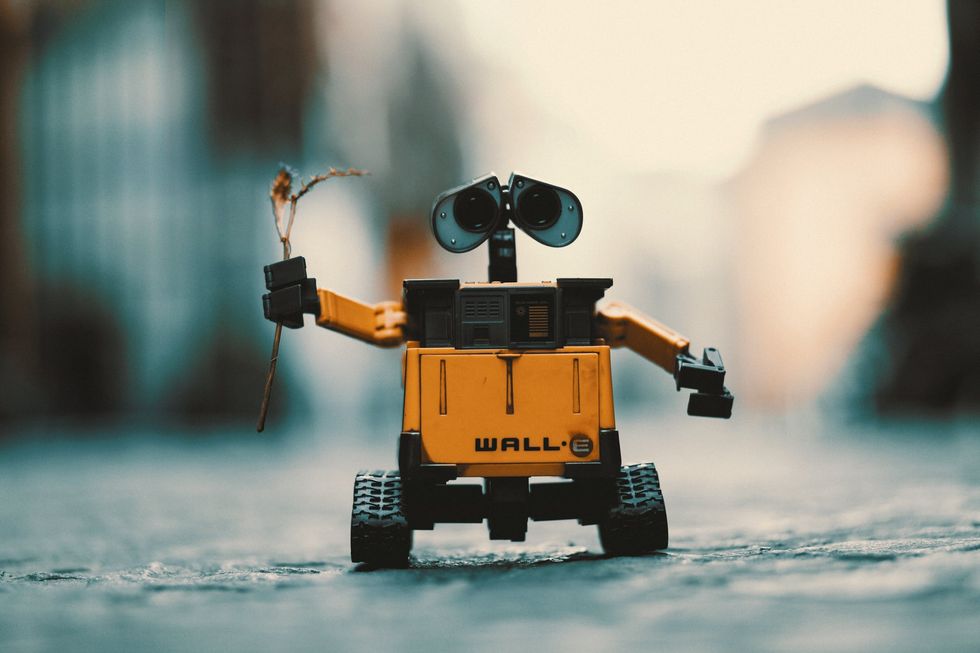Nanotechnology is a somewhat older concept that first appeared in 1959, when a Nobel Prize-winning physicist named Richard Feynman explored in a lecture the potential for “manipulating materials at the scale of nanometers.” Since then, nanotechnology has become more and more realistic as a potential treatment for any number of diseases, but perhaps most excitingly, for cancer treatment. Scientists have already deployed “engineered DNA bots” that use their programming to identify cancer cells and inject them with thrombin.
This essentially chokes the tumor to death, because the blood vessels that supply the growth with the necessary oxygen for its continuous metastasization are strangled via intravascular thrombosis. This was tested on tumor-bearing mouse models, and these bots were able to successfully do this without any collateral trauma to any healthy cells or tissues, indicating the potential for human uses.
Several problems need to be addressed, however, in order to make nanotechnology a viable technology. The materials that the bots will be made out of, the sensors that would enable them to identify friendly and enemy cells, movement so that the nanobots can navigate the body as efficiently as possible, and what type of communication between nanobots is most effective.
Solutions to these problems include putting more than two coated sensors on the nanobots, and using carbon nanotubes to make acoustic communication (itself the most effective type of communication so far between nanobots) more effective.
The issue with current nanorobotic technology is its potential dangers in humans; specifically, accidentally harming healthy cells instead of its intended target(s), in this proposal, cancer cells. There are hypothetical solutions to this issue.
First, movement could be an issue, so different designs, especially designs that mimic already existing cells (like bacteria) could be ideal for movement, increasing the efficiency and safety. The safety being improved simply because the artificial intelligence, especially in the earlier iterations of this nanotechnology, will probably be very primitive, and thus might need to be guided via movement to the correct (that is, harmful) cells it needs to eliminate.
Secondly, sensors on the nanobot need to be used in order to identify the unhealthy cells in cancer treatment.
I mentioned the use of “DNA bots,” wherein the nanobots were programmed with DNA, presumably from the tumor-suffering mouse in question, that identified healthy cells and thus avoided them and detected damaged or altered DNA that resulted in the tumor, or vice versa.
According to Rahul, there are six things that a sensor must sense for a nanobot to be effective: reservoir fluid type, reservoir temperature, formation pressure, basic petrophysical properties, fluid analysis, trajectory, and position.
Thirdly, the actual materials that make-up nanobots necessitates consideration. There are several issues that can be addressed depending on the materials used.
Fourthly, communication between the nanobots is another issue that needs to be addressed to increase the efficiency of the nanobots.






 The minimum wage is not a living wage.
StableDiffusion
The minimum wage is not a living wage.
StableDiffusion
 influential nations
StableDiffusion
influential nations
StableDiffusion











